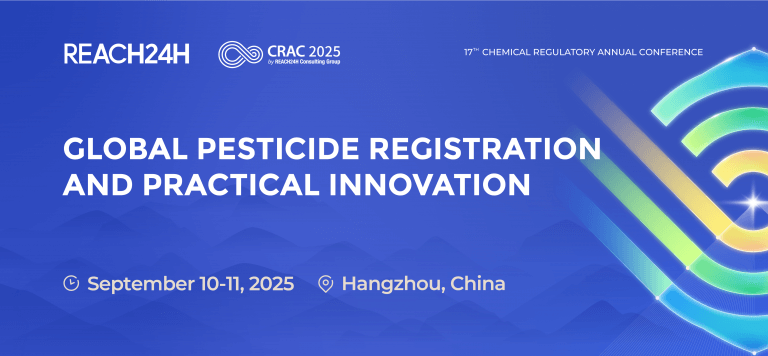In China, pesticide products must undergo registration toxicology tests before they can be sold. The acute toxicity test is an important part of risk assessment for pesticides. It is used to determine the health hazards of the test substance when orally, dermally, or via inhalation administered to animals once or several times within 24 hours. The results of the test are used to assess the potential risks posed by the substance to human health and the environment and to develop appropriate safety measures and control strategies.
Toxicology tests cover various aspects of acute toxicity, including acute oral toxicity, acute dermal toxicity, acute inhalation toxicity, eye irritation/corrosion, skin irritation/corrosion, and skin allergy (sensitization).
- Acute oral toxicity test assesses the health hazard effects of the test substance when orally administered to the test animals once or several times within 24 hours.
- Acute dermal toxicity test assesses the health hazard effects of continuous skin contact with the test substance for 24 hours.
- Acute inhalation toxicity test assesses the health hazard effects of continuous inhalation of the test substance at a relatively high concentration within a short period of time (usually 4 hours or less).
- Eye irritation test assesses reversible inflammatory changes that occur on the surface of the eye after contact with the test substance, which can be completely recovered within 21 days.
- Eye corrosion test assesses the irreversible tissue damage that occurs after the eye surface contacts the test substance, which cannot be completely recovered within 21 days.
- Dermal irritation test accesses the reversible inflammatory changes that occur locally after the test substance is applied to the skin.
- Dermal corrosion test accesses the irreversible tissue damages that occur locally after the test substance is applied to the skin.
- Skin sensitization/allergic contact dermatitis test accesses the immunogenic skin reaction of the skin to a substance. In humans, this reaction can manifest as pruritus, erythema, papules, blisters, and confluent blisters, while in animals, only erythema and edema of the skin may be seen.
The grading of pesticide toxicity in China is mainly based on the acute toxicity test results of pesticide products, specifically the oral LD50, and dermal LD50, inhalation LC50. The highest level of toxicity across these three measures is taken as the product toxicity level.
Here are the criteria for toxicity grading:| Toxicity Grading | Oral LD50 (Mg/kg) | Dermal LD50 (Mg/kg) | Inhalation LC50 (Mg/m3) |
| Poisonous | ≤5 | ≤ 20 | ≤ 20 |
| Highly toxic | > 5~50 | > 20~200 | > 20~200 |
| Moderately toxic | > 50~500 | > 200~2000 | > 200~2000 |
| Low toxicity | > 500~5000 | > 2000~5000 | > 2000~5000 |
| Slightly toxic | > 5000 | > 5000 | > 5000 |





